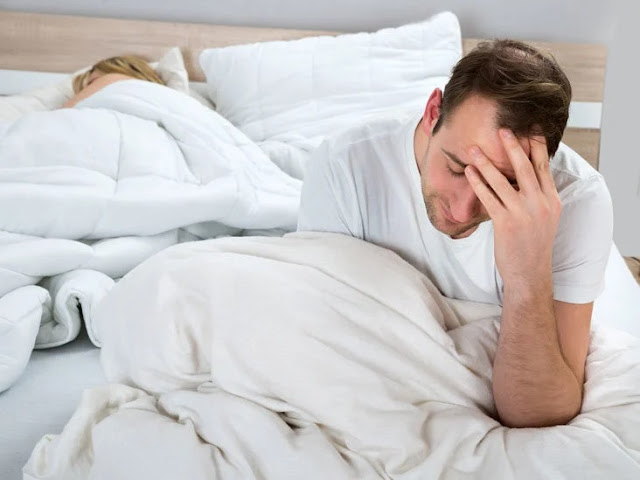Hypogonadism: Types, Causes, Symptoms & Treatment
Hypogonadism
Hypogonadism refers to a condition where the testes or ovaries produce inadequate amounts of sex hormones, leading to various physical and psychological symptoms. In men, it is commonly known as low testosterone or low T. Hypogonadism can occur at any age, and the causes and symptoms may vary depending on the type of hypogonadism. In this article, we will discuss the types, causes, symptoms, and treatment options for hypogonadism.
Types of Hypogonadism
There are two types of hypogonadism: primary and secondary.
Primary Hypogonadism
Primary hypogonadism is a condition where the testes or ovaries themselves are damaged or malfunctioning, leading to inadequate hormone production. Causes of primary hypogonadism in men include:
- Klinefelter syndrome
- Undescended testicles
- Chemotherapy or radiation treatment
- Hemochromatosis
- Mumps orchitis
- Genetic disorders
- Testicular trauma
In women, primary hypogonadism may occur due to:
- Turner syndrome
- Ovarian cancer
- Ovarian cysts
- Radiation treatment
Secondary Hypogonadism
Secondary hypogonadism is a condition where the pituitary gland or hypothalamus in the brain does not produce adequate levels of hormones that stimulate the production of sex hormones. Causes of secondary hypogonadism in men include:
- Kallmann syndrome
- Pituitary disorders
- Inflammatory diseases
- Obesity
- Medications
In women, secondary hypogonadism may occur due to:
- Pituitary disorders
- Inflammatory diseases
- Stress
- Eating disorders
- Medications
Symptoms of Hypogonadism
Symptoms of hypogonadism may vary depending on the age of onset and the severity of hormone deficiency. In men, symptoms may include:
- Low sex drive
- Erectile dysfunction
- Infertility
- Fatigue
- Muscle weakness
- Loss of bone mass
- Mood changes
- Hot flashes
In women, symptoms may include:
- Irregular periods or no periods
- Infertility
- Low sex drive
- Fatigue
- Muscle weakness
- Loss of bone mass
- Mood changes
- Hot flashes
Diagnosis of Hypogonadism
Diagnosis of hypogonadism involves a physical examination, blood tests to measure hormone levels, and imaging tests to identify any abnormalities in the reproductive organs. In some cases, genetic testing may also be necessary to identify any underlying genetic disorders.
Treatment of Hypogonadism
Treatment of hypogonadism depends on the underlying cause, age, and severity of symptoms. In men, testosterone replacement therapy (TRT) may be used to increase testosterone levels. TRT can be administered through injections, gels, patches, or pellets. In women, hormone replacement therapy (HRT) may be used to replace estrogen and progesterone.
For primary hypogonadism, surgery may be necessary to repair or remove damaged reproductive organs. In some cases, assisted reproductive techniques such as in vitro fertilization (IVF) may be used to achieve pregnancy.
Conclusion
Hypogonadism is a condition that can have significant physical and psychological effects on affected individuals. It is important to seek medical advice if you suspect you may have hypogonadism. A qualified sexologist in India can diagnose and treat hypogonadism effectively, helping patients lead a better quality of life.



Comments
Post a Comment